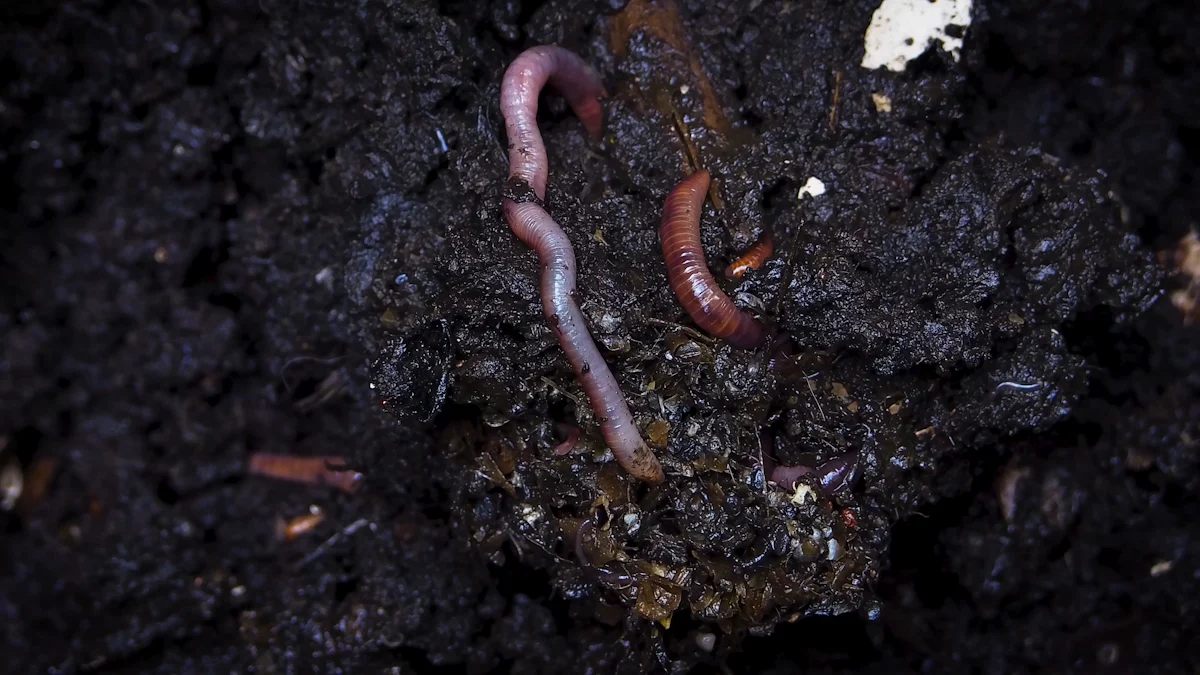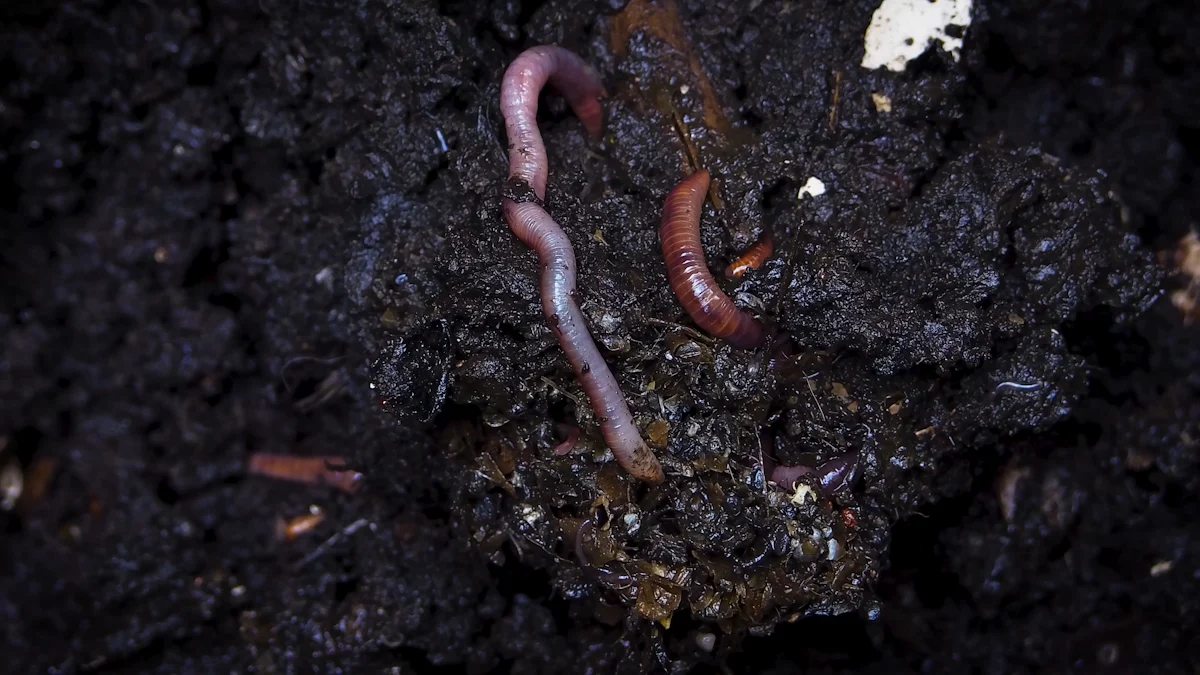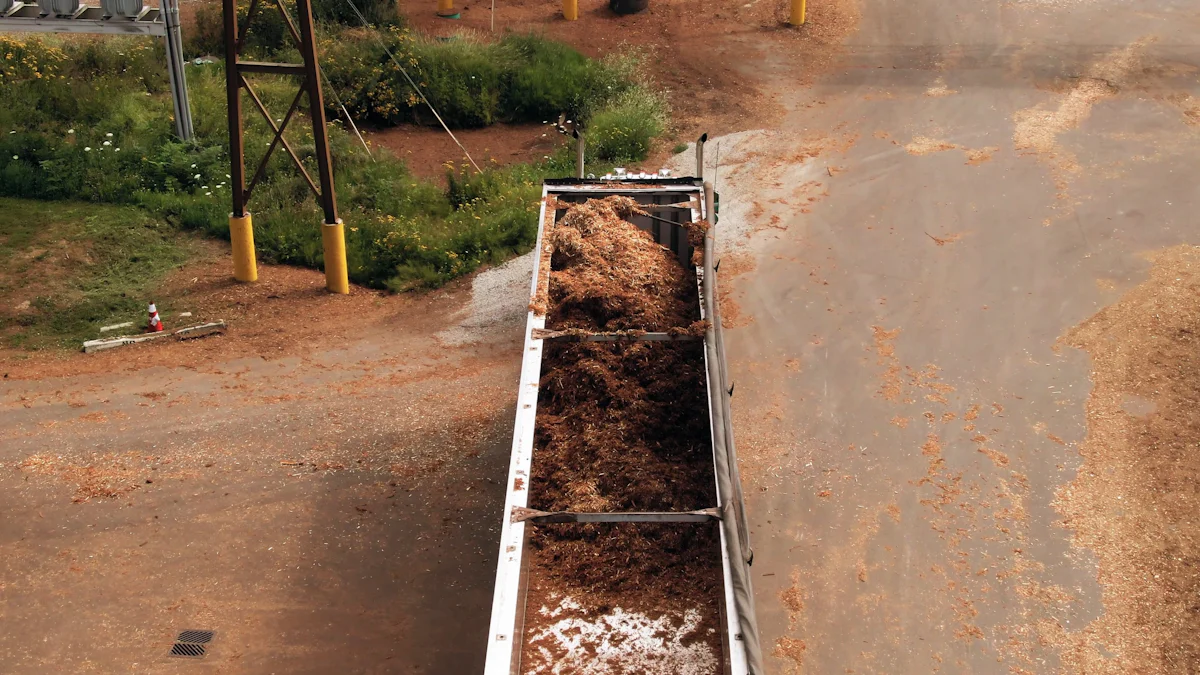
Bacillus Megaterium plays a crucial role in improving soil fertility. It converts insoluble nutrients into forms that plants can absorb. This bacterium produces hormones that promote plant growth and strengthens soil structure. By enhancing nutrient availability and soil health, it helps you achieve higher crop yields and more sustainable farming practices.
Key Takeaways
- Bacillus Megaterium improves soil by changing nutrients into plant-usable forms. This helps plants grow better and stay healthy.
- The bacterium makes hormones that help roots grow stronger. Strong roots take in water and nutrients more easily.
- Adding Bacillus Megaterium can grow more crops and help them survive tough weather. This makes farming better for the environment.
Mechanisms of Bacillus Megaterium
Nutrient Conversion and Availability
Bacillus Megaterium plays a key role in making nutrients more accessible to plants. It converts insoluble nutrients, such as phosphorus and potassium, into forms that plants can absorb. For example, it produces enzymes that break down phosphate compounds in the soil. This process releases phosphorus, which is essential for root development and energy transfer in plants. By improving nutrient availability, Bacillus Megaterium ensures that your crops receive the essential elements they need to thrive.
Production of Growth-Promoting Hormones
This bacterium also produces hormones that stimulate plant growth. These hormones, such as auxins and gibberellins, encourage root elongation and cell division. Stronger roots allow plants to access water and nutrients more efficiently. You may notice healthier, more vigorous plants when Bacillus Megaterium is present in your soil. These hormones also help plants adapt to environmental stresses, such as drought or poor soil conditions.
Role in Organic Matter Decomposition
Bacillus Megaterium contributes to breaking down organic matter in the soil. It decomposes plant residues and other organic materials, converting them into simpler compounds. These compounds enrich the soil with nutrients like nitrogen and carbon. This process not only improves soil fertility but also enhances its structure. As a result, your soil becomes more aerated and better equipped to support plant growth.
Benefits for Soil and Crops

Enhanced Soil Structure and Aeration
Bacillus Megaterium improves the physical condition of your soil. It produces compounds that bind soil particles together, creating a crumbly texture. This structure allows air to circulate more freely, which benefits plant roots. Roots need oxygen to grow and absorb nutrients effectively. When your soil has better aeration, water can also penetrate more easily, reducing the risk of waterlogging. You’ll notice healthier plants and more robust root systems when your soil structure improves.
Improved Nutrient Uptake by Plants
This bacterium enhances how plants absorb nutrients. By converting insoluble nutrients into forms that plants can use, Bacillus Megaterium ensures that your crops get the essential elements they need. For example, it makes phosphorus and potassium more accessible, which are vital for plant growth. Stronger roots, supported by this bacterium, can reach deeper into the soil to access water and nutrients. This process leads to better overall plant health and growth.
Increased Crop Yield and Stress Resilience
When you use Bacillus Megaterium, your crops become more productive. The nutrients and growth-promoting hormones it provides help plants grow faster and produce more fruit or grain. Additionally, these hormones strengthen plants against environmental stresses like drought or poor soil conditions. Healthier plants are more resilient and can recover quickly from challenges. With this bacterium in your soil, you can expect higher yields and better-quality crops.
Practical Applications of Bacillus Megaterium

Methods for Introducing Bacillus Megaterium into Soil
You can introduce Bacillus Megaterium into your soil using several methods. One common approach involves applying biofertilizers containing this bacterium directly to the soil. These products often come in powder or liquid form, making them easy to mix with water for even distribution. Another method is seed treatment. Coating seeds with Bacillus Megaterium ensures the bacteria establish themselves near the roots as the plants grow. You can also use compost enriched with this bacterium. Adding such compost to your fields boosts microbial activity and improves soil fertility.
Best Practices for Optimal Results
To get the best results, you should follow a few key practices. First, apply Bacillus Megaterium during planting or early growth stages. This timing ensures the bacteria have enough time to interact with the soil and benefit your crops. Second, maintain proper soil moisture. The bacterium thrives in moist conditions, so regular watering helps it perform effectively. Third, avoid using excessive chemical fertilizers or pesticides. These can harm the bacteria and reduce their effectiveness. Finally, test your soil regularly. Knowing your soil’s nutrient levels helps you adjust your application methods for maximum benefit.
Real-World Examples of Successful Use
Farmers worldwide have seen remarkable results by using Bacillus Megaterium. For instance, rice farmers in Southeast Asia report higher yields and healthier plants after applying biofertilizers containing this bacterium. In North America, vegetable growers have noticed improved root development and better nutrient absorption in crops like tomatoes and peppers. These real-world examples highlight how Bacillus Megaterium can transform soil health and boost agricultural productivity.
Bacillus Megaterium offers a powerful way to improve soil fertility and crop growth. It enhances nutrient availability, strengthens plant health, and supports sustainable farming. By adding this bacterium to your soil management practices, you can grow healthier crops and create a more productive agricultural system. Start using it today to see the difference.
FAQ
What crops benefit the most from Bacillus Megaterium?
Crops like rice, wheat, tomatoes, and peppers thrive with Bacillus Megaterium. It enhances nutrient absorption, improves root health, and boosts yields for these plants.
Can Bacillus Megaterium replace chemical fertilizers?
No, it complements chemical fertilizers. Use it to reduce dependency on synthetic inputs while improving soil health and nutrient availability naturally.
How quickly will you see results after applying Bacillus Megaterium?
You may notice healthier plants and improved growth within a few weeks. Results depend on soil conditions, crop type, and application methods.
Post time: Feb-06-2025

